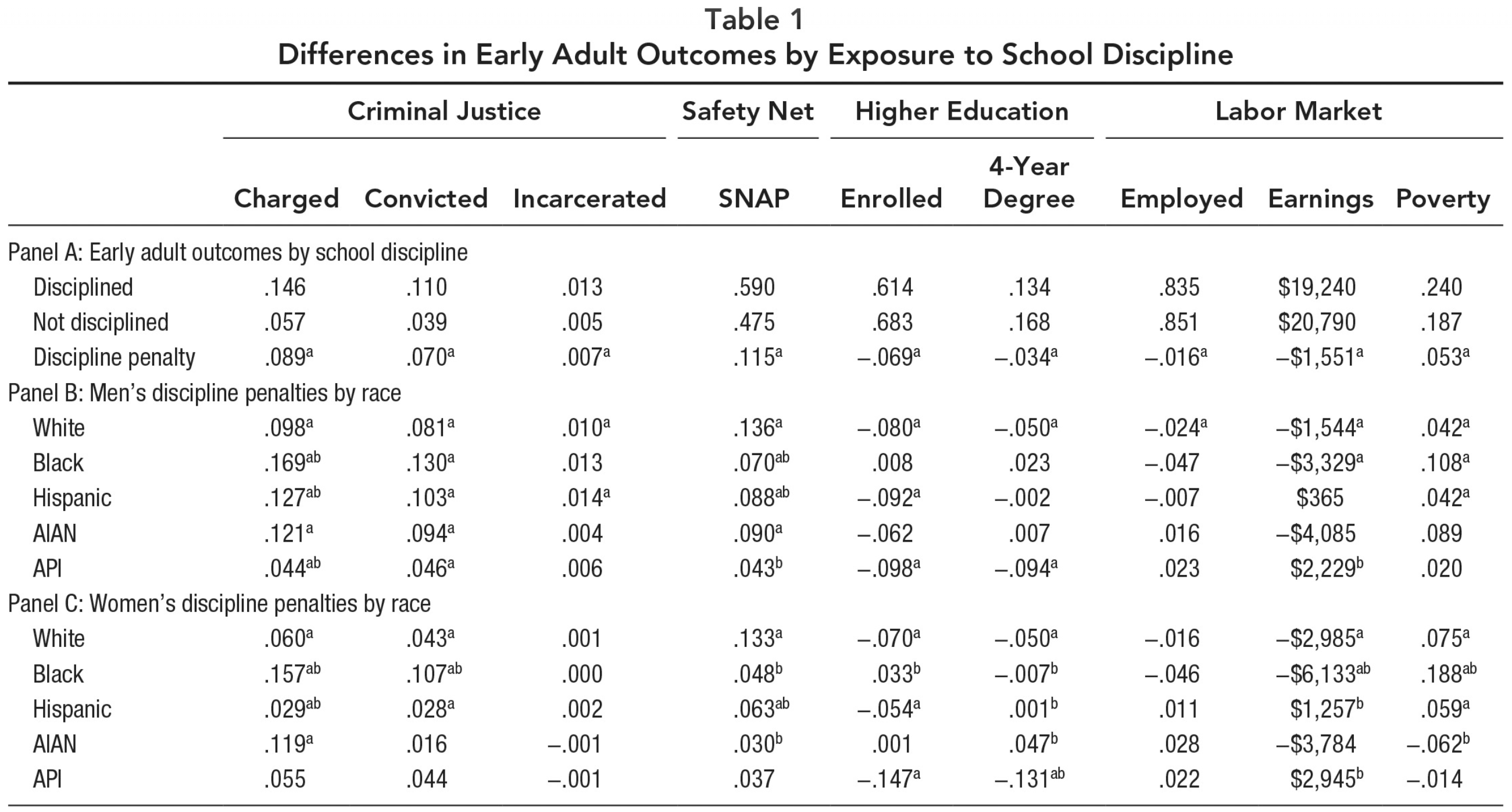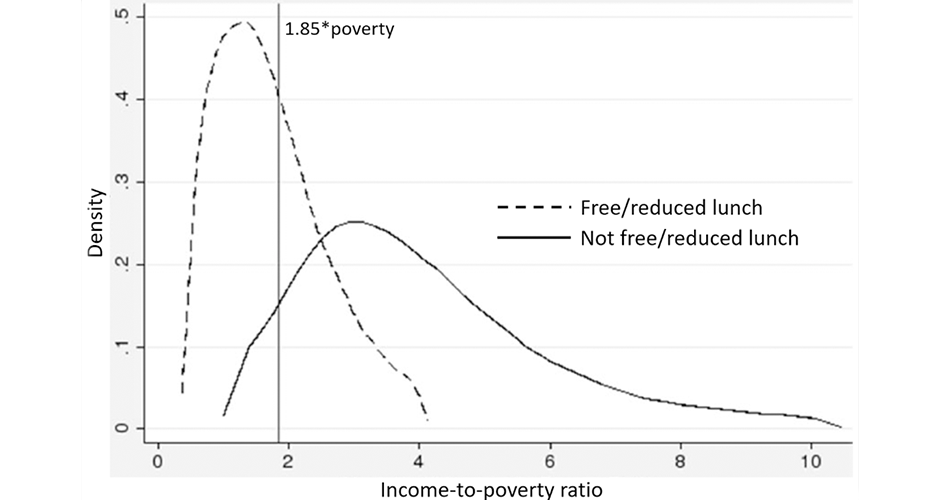By linking educational data to information on the labor market, criminal justice contact,
safety net program participation, family formation, mortality, and more, we seek to
provide stakeholders with the answers they need on the outcomes they care about. In
partnership with the U.S. Census Bureau, we are building unique data infrastructure
to address these questions. To date, we have leveraged this infrastructure to provide
insight into the areas of: Student Outcomes, Student Backgrounds and Educator Career
Paths. Below are examples of the types of insights these data linkages facilitate.
Quick Links
Student Outcomes

Understanding success in school matters primarily because of what school means for students’ futures: their labor market experiences, criminal justice contact, family formation, and health. Yet we currently lack the ability to link the rich administrative data collected by schools to data on the longer-term outcomes we care about. CADA facilitates data linkages and analyses of linked data to understand the long-term outcomes of important educational policies and practices.
Example project:
School Discipline and Racial Disparities in Early Adulthood
By: Miles Davison, Andrew M. Penner, Emily K. Penner, Nikolas Pharris-Ciurej, Sonya
R. Porter, Evan K. Rose, Yotam Shem-Tov, and Paul Yoo

Abstract
Despite interest in the contributions of school discipline to the creation of racial
inequality, previous research has been unable to identify how students who receive
suspensions in school differ from unsuspended classmates on key young adult outcomes.
We utilize novel data to document the links between high school discipline and important
young adult outcomes related to criminal justice contact, social safety net program
participation, postsecondary education, and the labor market. We show that the link
between school discipline and young adult outcomes tends to be stronger for Black
students than for White students, and that approximately 30% of the Black–White disparities
in young adult criminal justice outcomes, SNAP (Supplemental Nutrition Assistance
Program) receipt, and college completion can be traced back to inequalities in exposure
to school discipline.
Student Backgrounds

In order to better meet the needs of students, school systems routinely collect information about the backgrounds of students and their families. This information is often central to high-stakes decisions about how to allocate funding. However, it is not always clear how well the data schools collect reflect students’ backgrounds. CADA has worked with partners to understand which available measures best capture students’ backgrounds.
Example project:
Is Free and Reduced-Price Lunch a Valid Measure of Educational Disadvantage?
By: Thurston Domina, Nikolas Pharris-Ciurej, Andrew M. Penner, Emily K. Penner, Quentin
Brummet, Sonya R. Porter, and Tanya Sanabria

Abstract
Students in the United States whose household income is less than 130% of the poverty
line qualify for free lunch, and students whose household income is between 130% and
185% of the poverty line qualify for reduced-price lunch. Education researchers and
policymakers often use free and reduced-price lunch (FRPL) status to measure socioeconomic
disadvantage. But how valid is this measure? Linking IRS income tax data to school
administrative records for all eighth graders in one California public school district
and Oregon public schools, we examine how well FRPL enrollment captures student disadvantage.
We find that FRPL categories capture relatively little variation in household income.
However, FRPL captures elements of educational disadvantage that IRS-reported household
income data do not.
Educator Career Paths

Schools across the country struggle to attract and retain teachers, administrators, and other staff. Understanding the paths educators take into and out of the classroom can provide insights that help schools increase the diversity and effectiveness of the workforce, particularly in high-need regions and subject areas. By providing analyses that follow teachers’ lives before, during, and after teaching, CADA can provide a rich picture of the paths into and out of the profession, as well as the degree to which current staff take on second jobs outside of the classroom.
Example paper coming soon.
Data Use Agreements
In order to create data linkages across administrative data sources, we often have to secure data sharing agreements between various organizations. For researchers and practitioners interested in pursuing these sorts of arrangements, we have included sample data user agreement language that we have used in the past.
Sample Data Use Agreement Language


connect with us